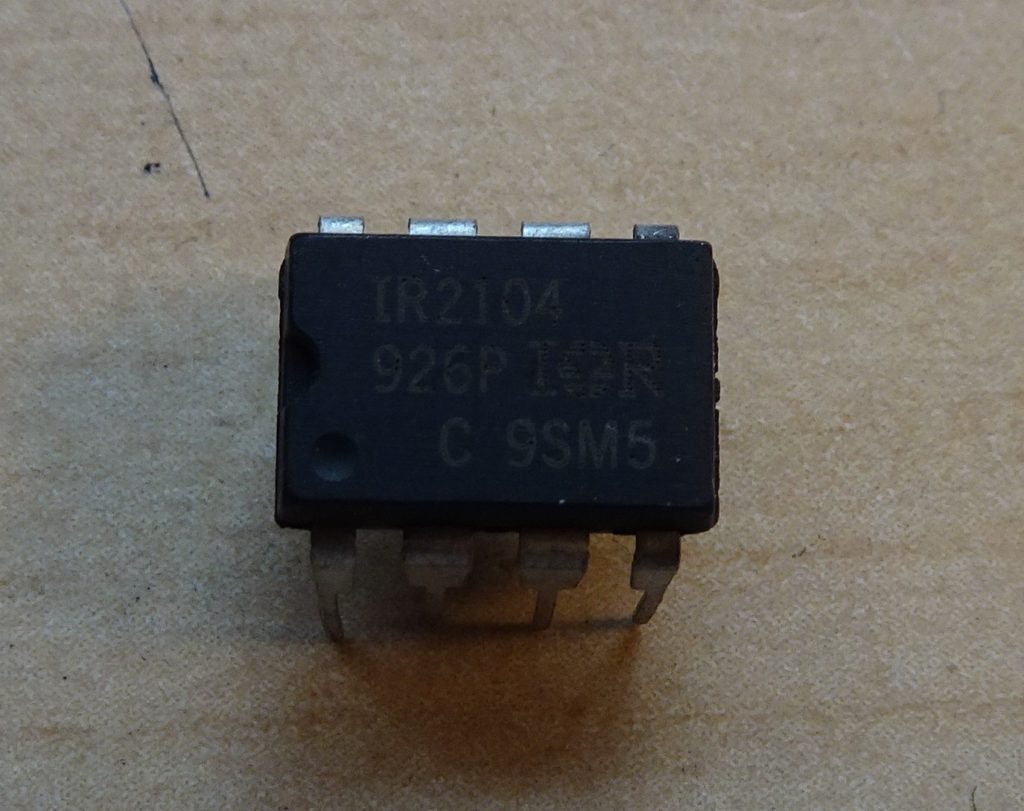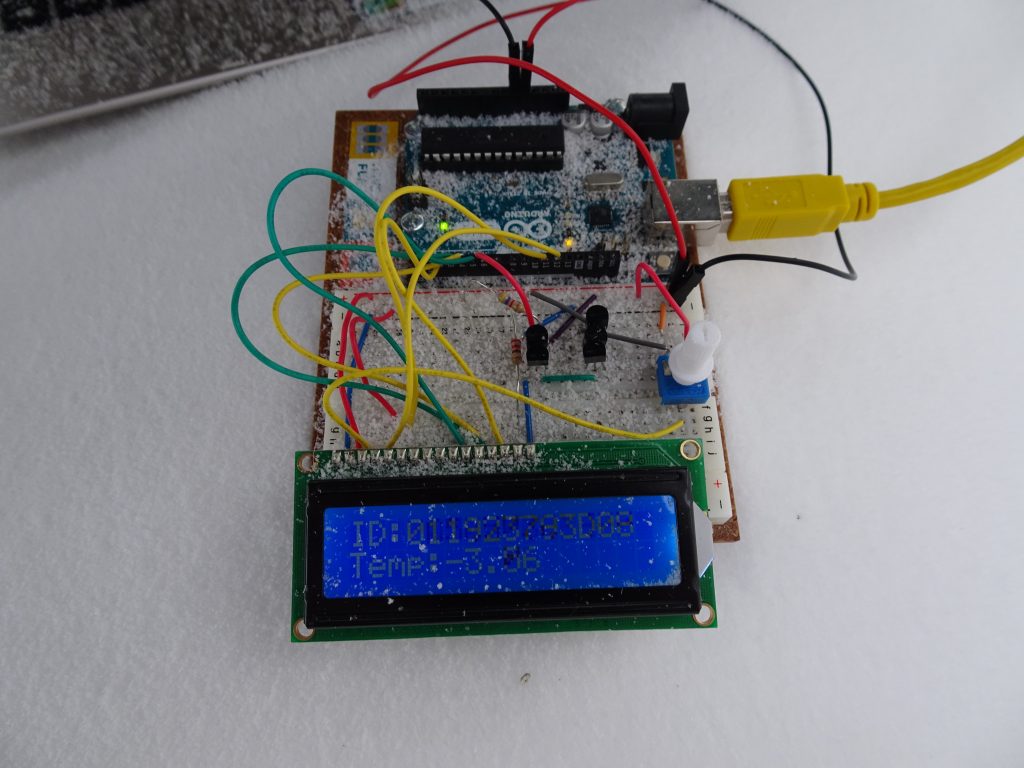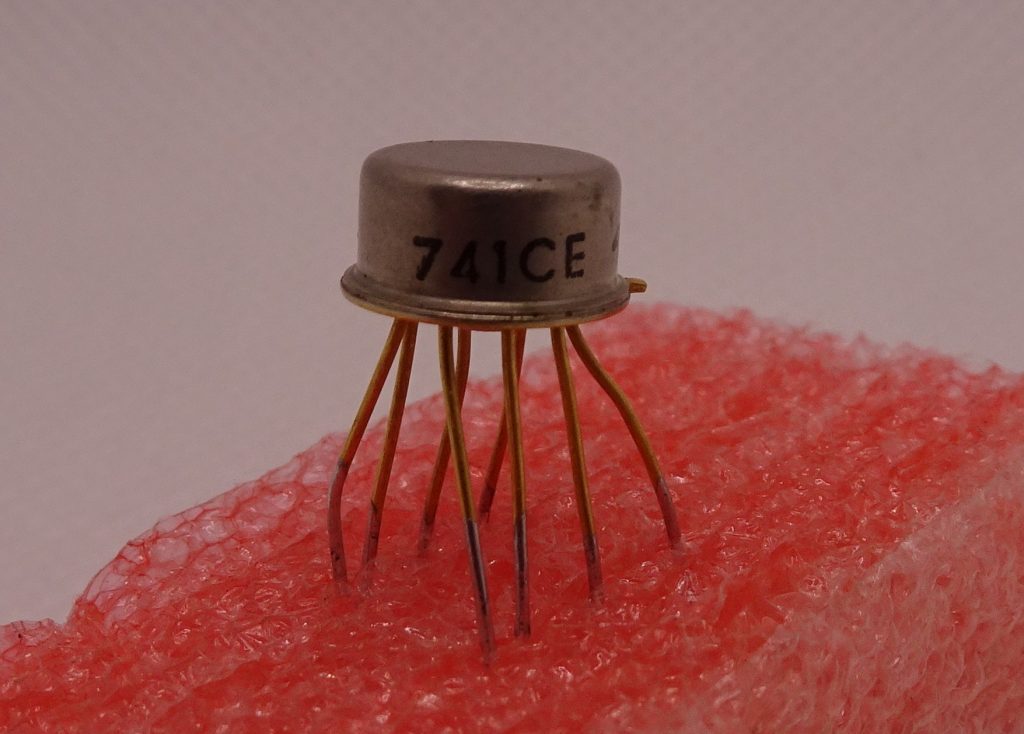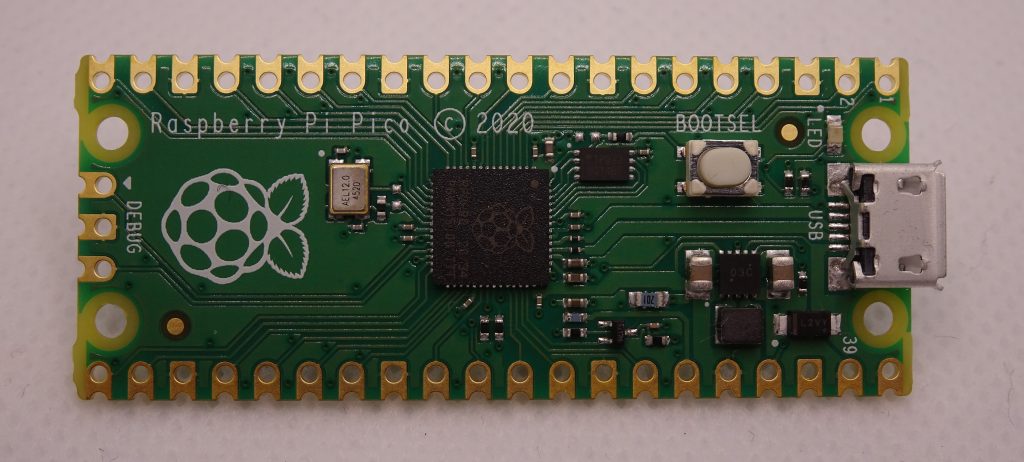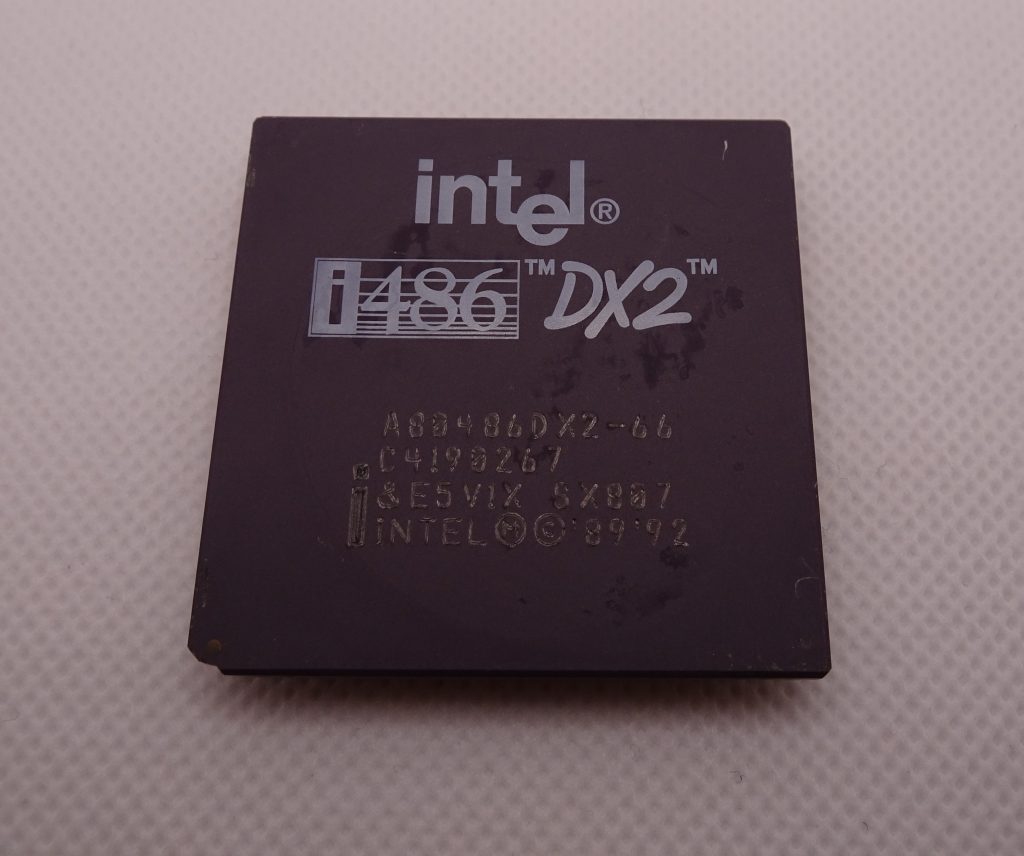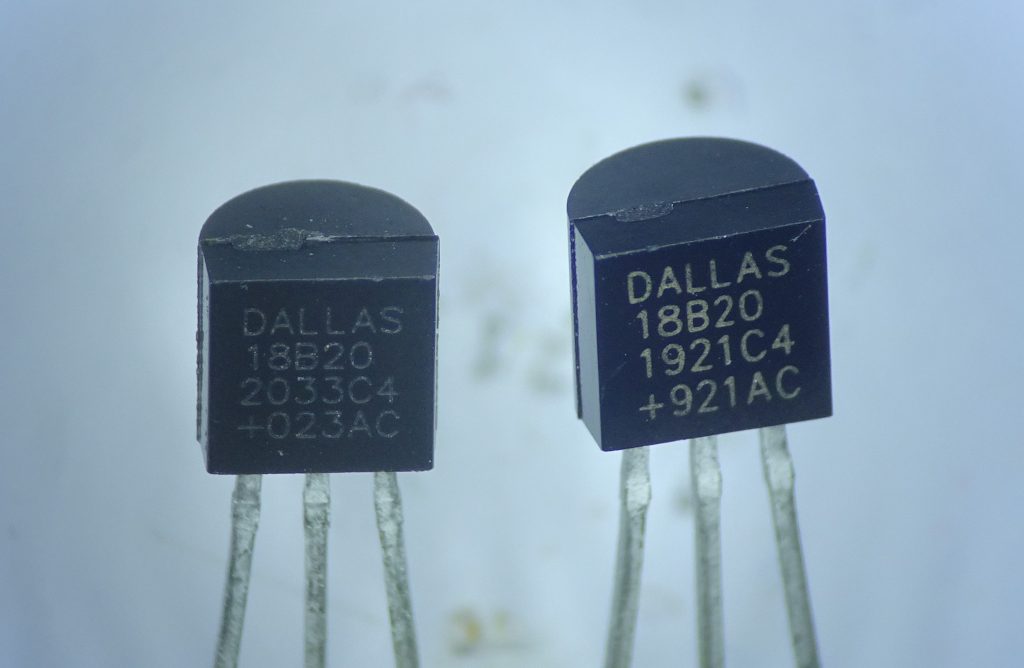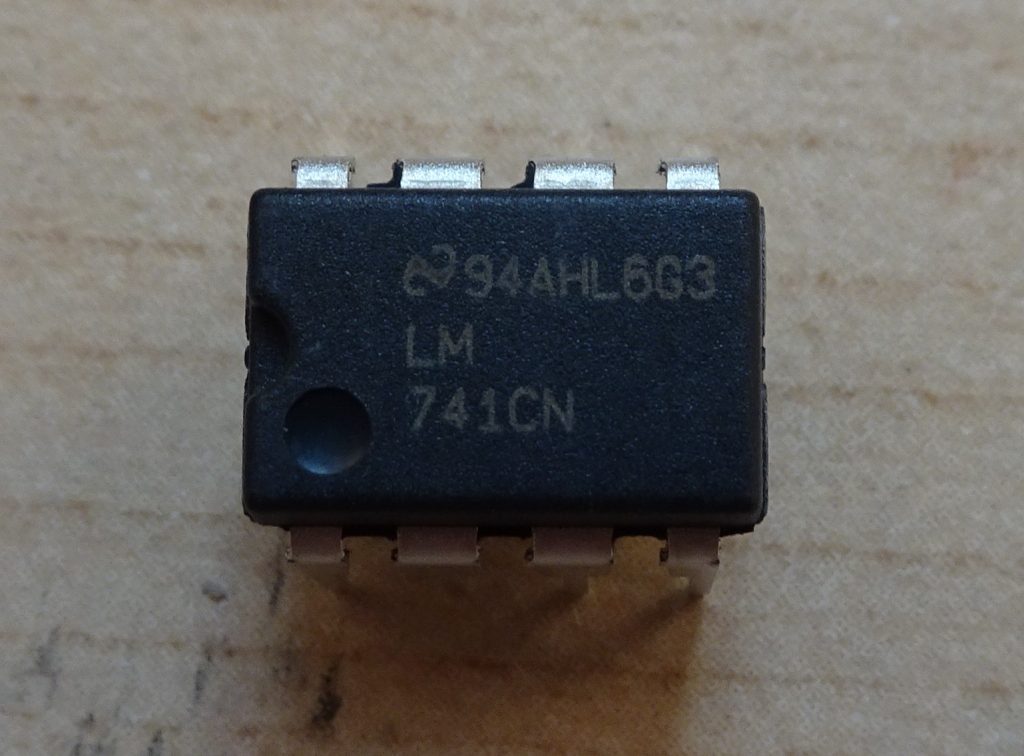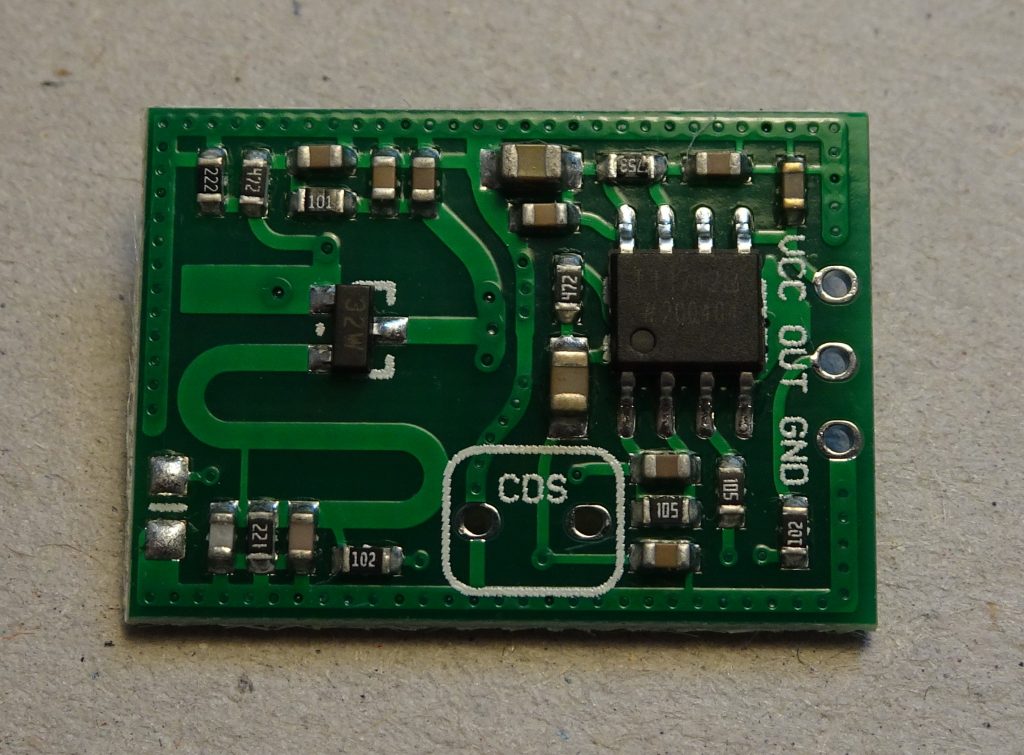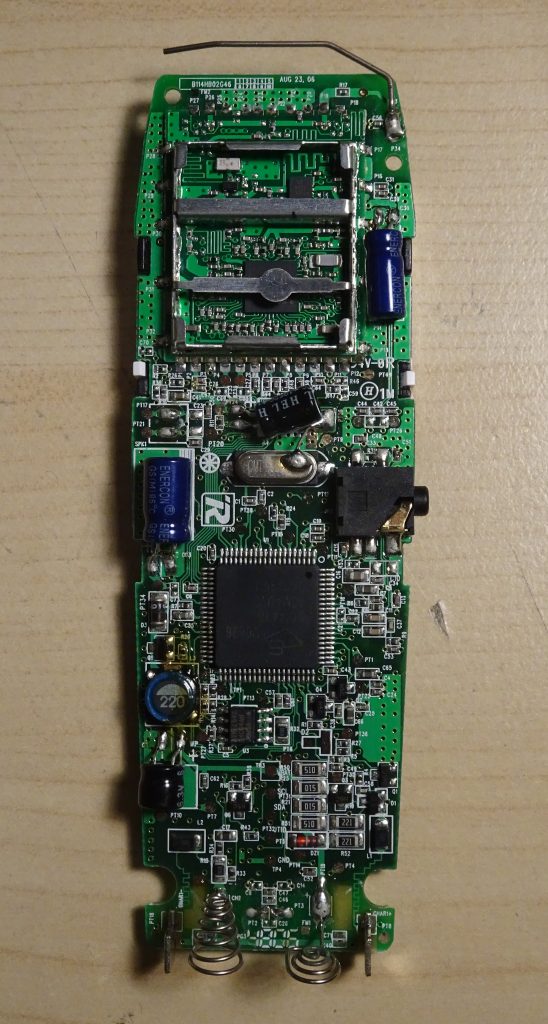If there’s a classic analog chip even more iconic than the 741 op amp, it has to be the 555 timer. Released just three years after the 741, it similarly took the world by storm, selling billions of units over five decades. Quite unlike the 741, which established op amps as a common IC type, the 555 has remained largely in a class of its own. There are many ICs that can generate square or triangle waves, but I can’t think of any chip that can function as a one-shot, a flip-flop, Schmitt trigger, or one of a million different oscillator types like the 555 can.
Designed by Hans Camenzind in 1972, its story is described in detail in Camenzind’s own book Designing Analog Chips. I highly recommend reading it (available on paper or as a free download) if you’re interested in analog IC design. In Chapter 11, Camenzind shows the schematic of the original 555 timer:


